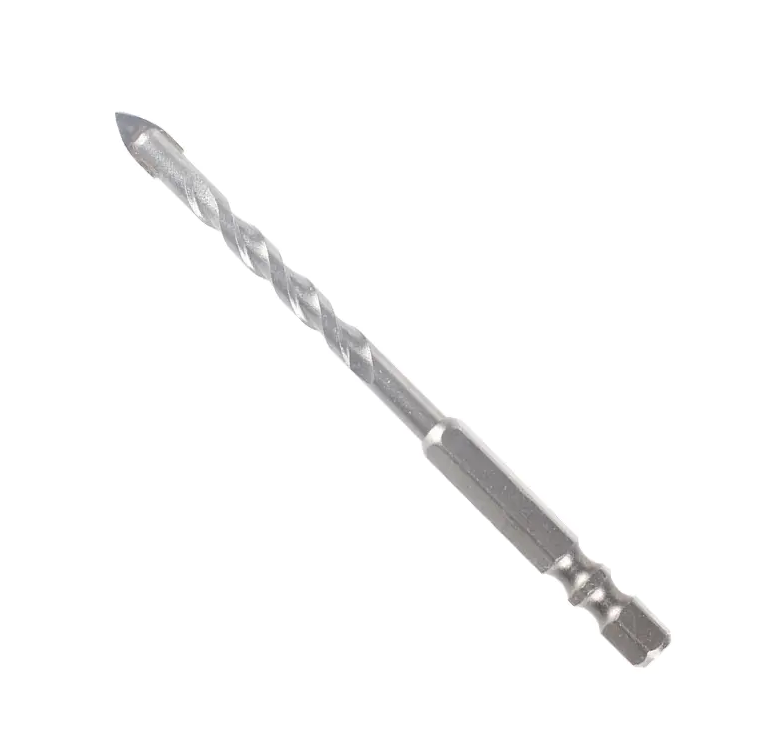Understanding the Right Way to Drill Glass Without Causing Fractures or Breaks

Drilling through glass is a delicate process that requires precision, patience, and the right tools. One of the biggest concerns when using a Glass Drill Bit is preventing the material from cracking during the process. Glass, by nature, is a brittle and unforgiving material. Even slight mistakes—excessive pressure, incorrect angles, or inadequate cooling—can cause irreparable fractures. Therefore, understanding how to use a Glass Drill Bit properly is essential for achieving clean holes without damaging the surface.
First and foremost, the quality and type of Glass Drill Bit play a crucial role in preventing cracks. Not all drill bits are suitable for glass. Using standard bits designed for wood or metal is one of the fastest ways to shatter a glass surface. A true Glass Drill Bit is either diamond-tipped or features a spear-shaped carbide head specifically made to penetrate hard, brittle surfaces with minimal stress. Choosing a well-manufactured bit tailored for glass is the foundation for a successful result.
Equally important is the technique. One common mistake is applying too much pressure while drilling. Glass should never be forced. Instead, allow the drill and bit to do the work slowly and steadily. High pressure causes stress fractures to form and spread quickly through the material. Start with a slow drilling speed, especially when beginning the hole, and increase only slightly once the bit has created a small indentation. This helps stabilize the process and prevents the bit from sliding across the glass.
Cooling is also a critical factor in preventing cracks. Drilling glass generates heat due to the friction between the bit and the surface. If not properly cooled, this heat can expand the glass unevenly and lead to cracking. To prevent this, always use water or a suitable drilling lubricant to keep the bit and glass cool. Constant irrigation during drilling helps remove heat and dust, preserving both the bit and the material.
Securing the glass properly is another important step. Movement or vibration during drilling can cause the bit to catch or jump, leading to chips or cracks. Use a non-slip surface like a rubber pad underneath the glass and secure it in place with clamps or a frame that distributes pressure evenly. Avoid clamping too tightly, as uneven force can itself lead to breakage.
It also helps to score the glass or use masking tape at the drilling point. Tape gives the bit a place to grip initially, preventing it from slipping and scratching or cracking the glass. Some users even begin with a smaller pilot hole before expanding to a larger size, further minimizing stress on the material.
In conclusion, preventing cracks while using a Glass Drill Bit involves more than simply owning the right tool—it requires attention to speed, pressure, cooling, and stability. By treating the glass with care and maintaining control throughout the process, users can drill clean, precise holes without risking damage. A high-quality Glass Drill Bit, used correctly, will always deliver better results than rushing or improvising with unsuitable tools or techniques.
Advantages:
1. Round Shank Design: The round shank design enhances compatibility with a wide range of drilling machines and ensures a secure fit during operation.
2. Cross-Head Configuration: Equipped with a crosshead, this drill bit enhances drilling precision and efficiency.
3. High Durability: Constructed from premium materials, our drill bit is engineered to withstand the rigors of frequent use.
- Art
- Causes
- Crafts
- Dance
- Drinks
- Film
- Fitness
- Food
- Игры
- Gardening
- Health
- Главная
- Literature
- Music
- Networking
- Другое
- Party
- Religion
- Shopping
- Sports
- Theater
- Wellness


